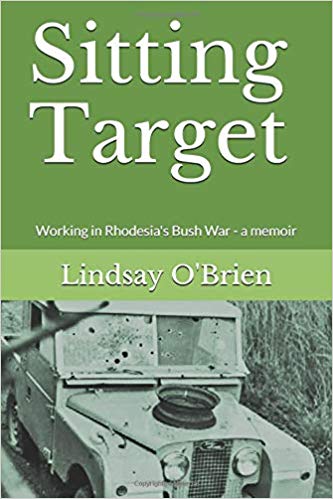Sitting Target
Buy It on Amazon

1973. Rhodesia. An outlawed state with an infant insurgency smouldering in the northeast border regions. That’s when I stumbled unintentionally into farm work north of a pinprick sized village of Centenary. Named after the centenary of the birth of Cecil Rhodes (1853 – 1902), the region boasted the best tobacco growing conditions in the world. Using cheap African labour and low tech farming methods, the rich smelling leaves reached the buyers in Europe despite the United Nations embargo.The commercial tobacco farms were surrounded by reserves exclusive to Africans, a hideout for emerging insurgents. From these enclaves, heavily armed terrorists struck at farming families to murder or frighten them into abandoning their land. Africans living in adjacent areas were barbarically tortured and murdered. Anyone living or working in the Centenary district was a sitting target.Farm houses were mortared and machine-gunned at night, individual farmers and workers ambushed by day. Landmines were frequently laid on the dirt roads that crossed the area, exploding with devastating effect under civilian cars. As well as mortal danger, farmers faced economic sanctions designed to cripple agriculture, constant attacks by the overseas media as well as normal farming challenges of market pricing, weather and cash flow.With a history of bloody or chaotic changeovers from white to black rule in countries north of Rhodesia convinced the European population to cling onto power. They circumvented United Nations sanctions, developed innovative products to replace shortages and kept machinery working well past its replacement date. The white farmers were decent, genuine, resilient, and hard- working people who did whatever necessary to preserve their legacy.Sitting Target describes the farming experience, the funny, the serious and the murder.

